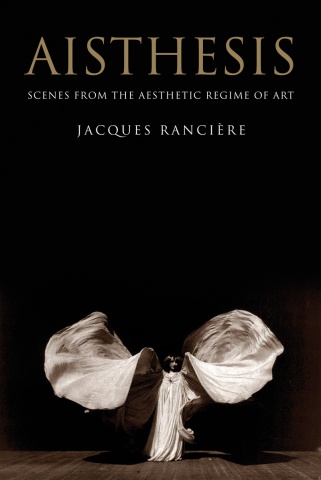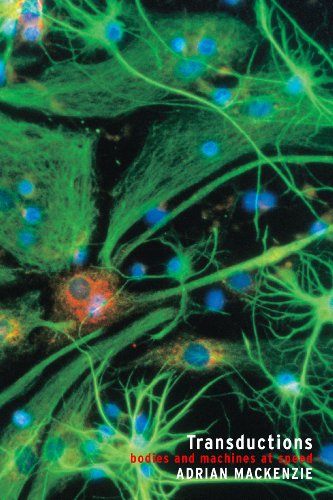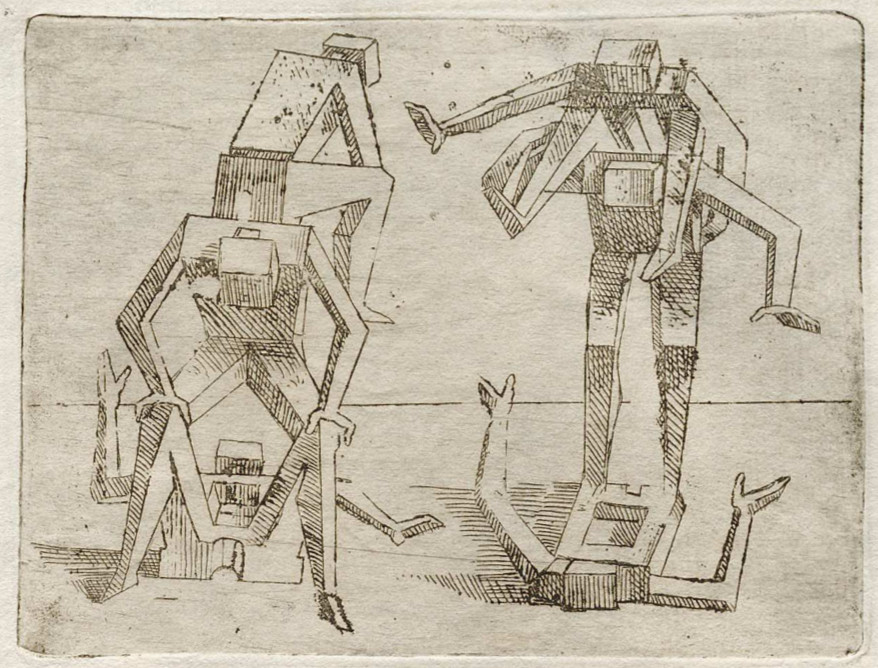Jacques Rancière: Aisthesis: Scenes from the Aesthetic Regime of Art (2011/2013)
Filed under book | Tags: · aesthetics, art, art history, art theory, body, cinema, dance, film, life, literature, music, painting, pantomime, philosophy, photography, poetry, politics, representation, sculpture, theatre, theory

Rancière’s magnum opus on the aesthetic.
“Composed in a series of scenes, Aisthesis–Rancière’s definitive statement on the aesthetic–takes its reader from Dresden in 1764 to New York in 1941. Along the way, we view the Belvedere Torso with Winckelmann, accompany Hegel to the museum and Mallarmé to the Folies-Bergère, attend a lecture by Emerson, visit exhibitions in Paris and New York, factories in Berlin, and film sets in Moscow and Hollywood. Rancière uses these sites and events—some famous, others forgotten—to ask what becomes art and what comes of it. He shows how a regime of artistic perception and interpretation was constituted and transformed by erasing the specificities of the different arts, as well as the borders that separated them from ordinary experience. This incisive study provides a history of artistic modernity far removed from the conventional postures of modernism.”
First published as Aisthesis : Scènes du régime esthétique de l’art, Éditions Galilée, 2011
Translated by Zakir Paul
Publisher Verso Books, 2013
ISBN 1781680892, 9781781680896
304 pages
via falsedeity
Reviews: Hal Foster (London Review of Books), Joseph Tanke (Los Angeles Review of Books), Marc Farrant (The New Inquiry), Ali Alizadeh (Sydney Review of Books), Jean-Philippe Deranty (Parrhesia).
Roundtable discussion with Rancière at Columbia (video, 43 min)
Selected interviews and reviews (in French)
Giovanni Battista Braccelli: Oddities of Various Figures (1624)
Filed under artist publishing | Tags: · body, mannerism
“The fifty plates of the Oddities of Various Figures [Bizzarie di Varie Figure], issued in Livorno in 1624, are the liveliest and most original etchings of a highly creative, if little known, Florentine artist, Giovanni Battista d’Antonio Braccelli (active 1616–1649). The Bizzarie exhibit characteristics of Mannerism, which originated in Italy in the sixteenth century. [..]
Most of the images in the Bizzarie consist of pairs of dynamic figures constructed from fabricated elements, such as wooden boxes or frames, square and round metal links, metal plates, cylindrical containers, braided hair, wooden screws, twisted wax tapers, and so forth. Their poses are suggestive of tumblers, acrobats, contortionists, dancers, duelists, sportsmen, and actors. The bodies constructed of cubic forms recall the amazingly abstract drawings of the sixteenth-century Genoese painter Luca Cambiaso (1527–1588). Some of the most imaginative poses are impossibly contorted and bring to mind deceptive stunts or magic tricks—bodies gliding through themselves or each other.” (from a commentary by Sue Welsh Reed, 11 pages)
PDF (56 MB, updated on 2018-12-30)
PDF (clean low-resolution version, 11 MB, updated on 2018-12-30)
JPG (at RareBookRoom.org)
Adrian Mackenzie: Transductions: Bodies and Machines at Speed (2002)
Filed under book | Tags: · biotechnology, body, machine, speed, technology, time, transduction

“What do the patented data structures embedded deep in the code of an online computer game or the massively complicated architecture of the latest supercomputer used to simulate nuclear explosions have to do with culture, life or meaning? Why does technology attract such wildly differing responses – from fervour to boredom to distrust?
Transductions explores these questions by drawing on science and technology studies, contemporary critical theory and corporeal theory. An exploration of complex technologies such as online computer games, genomic databases and the global positioning system reveals how the borders between bodies and machines, between what counts as social and what counts as technical, are no less diverse and complicated than culture itself. Indeed, they constitute a crucial dimension of contemporary culture. Through a critical analysis of the widely accepted notion that technology speeds everything up, Transductions argues that there are only ever differences in speed. The question for us now is how can such differences be represented?”
Publisher Continuum, London and New York, 2002
Technologies: Studies in Culture & Theory series
ISBN 082645884X
231 pages
Reviews: Matthew Fuller (Convergence, 2003), Kim Toffoletti (Culture Machine).
PDF (9 MB, updated on 2019-11-20)
See also Fibreculture Journal’s issue on “Trans” (2011) co-edited by Mackenzie.
Comment (0)

